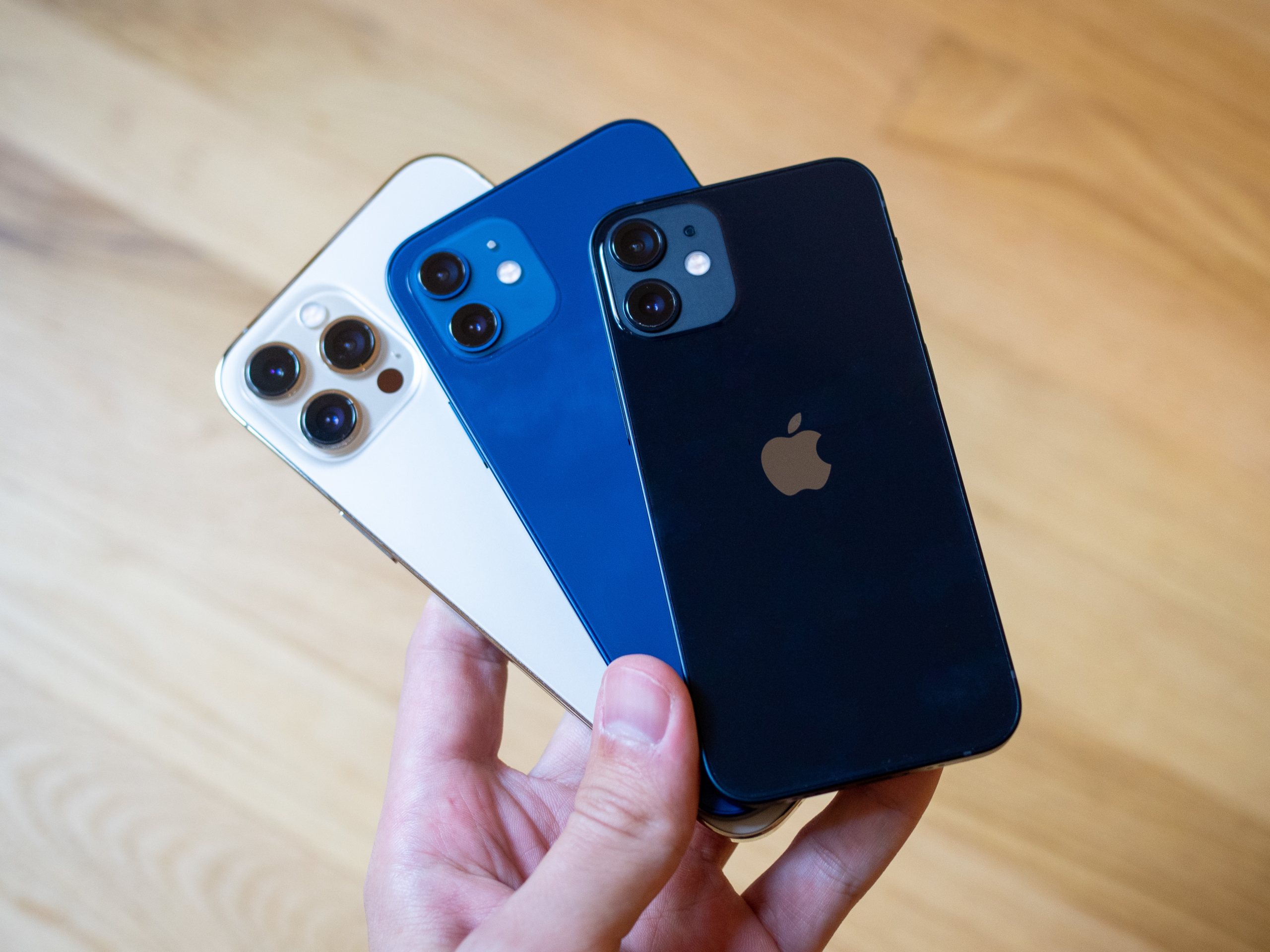Flagship phone prices have skyrocketed over the past few years. While 2016’s iPhone 7 started at $649, the next year’s iPhone X brought the price of a flagship phone to $999, a price point that has remained in the iPhone lineup since. Other companies have followed suit, with the Samsung Galaxy S20 and Note 20 both costing $999, and more expensive models available, too.
But if there’s anything we learned in 2020, it’s that you don’t have to spend that much cash to get a flagship-level experience. In fact, if you can swing a solid $700 or $750, you’ll get a near-identical experience to a $1,000 phone, no matter what kind of phone you prefer.
The best iPhone 12 is also the ‘worst’ iPhone 12
The iPhone 12 series has received excellent reviews, but the reasons they’re getting such good reviews are present on all iPhone 12 models. That’s to say, you can get the best new iPhone features on the $699 iPhone 12 Mini and the $1,099+ iPhone 12 Pro Max. Beautiful OLED display? Check. Great cameras? Absolutely.

Now that’s not to say that you shouldn’t buy the more expensive iPhone models. After all, features like the telephoto
Our advice? If you want a new iPhone, the iPhone 12 is the way to go. It’s available from carriers for $750, or $829 if you buy unlocked. And, if you’re happy with a small phone, you can save even more cash by going for the $699 iPhone 12 Mini.
A fan of the Fan Edition
Perhaps the king of value for the money in 2020 was the Samsung Galaxy S20 FE. It’s a seriously great phone.
There are a few more differences between the Galaxy S20 FE and other S20 phones than there are between the iPhone 12 and iPhone 12 Pro, but the general concept remains the same. With the S20 series, you’re paying a lot more for a “flagship” phone that doesn’t really add a whole lot more value.

Perhaps the biggest difference is in the build. The Fe has a plastic back and a slightly cheaper feel than the glass of the rest of the S20 lineup. But once you put a case on it, do you really care? And the plastic may not feel great, but it’s more likely to survive a drop than that glass. On the front, you still get a huge OLED screen. Most importantly, it offers a super-smooth 120Hz refresh rate.
The camera isn’t quite the same, but it’s still great, with the quality pretty much on par with the rest of Samsung’s top-end phones of late. And you’ll still get the same Qualcomm Snapdragon 865 processor, 128GB of storage, and a 4,500mAh battery that will easily get you through a heavy day.
So what will you save for going for this so-called “premium midrange” phone? Well, while the standard Galaxy S20 has a retail price of $999, the Galaxy S20 FE costs $700 for the Sub-6 5G model or $750 for the Verizon-approved mmWave 5G model (which you don’t need). We’ve seen it on sale plenty of times, too.
Better for less
Other companies are building excellent phones for less, too. Notably, the Google Pixel series has long offered excellent value, and the 2020 range of Pixel phones is no exception to that rule.
The Pixel 5 takes a slightly different approach than previous Pixel phones. It no longer offers the flagship processor, but it gets pretty close with the Snapdragon 765G — and you’ll still get the excellent camera, smooth software experience, and fast updates. And that’s all for $699. Alternatively, you could go for the almost-as-good Pixel 4a

In fact, if you’re a fan of the stripped-back Android experience on Pixel phones, as I am, you can’t buy a phone that costs $1,000. Google has well and truly bet on cheaper phones with the Pixel series, and while we have yet to see if that pays off in terms of its market share — some people will still spend more for a more powerful device — the fact is that Google’s best phone, the Pixel 5, costs just $699.
And even at that price, it goes head-to-head with more expensive phones — particularly in the camera and software experience.
A continuing trend
Hopefully, this trend will continue. The fact is that many people simply don’t want to, or can’t, spend $1,000 for a new phone — even if they only do so every few years. It’s nice that you no longer have to in order to have a phone that’s still “flagship” quality.
Editors' Recommendations
- 5 phones you should buy instead of the iPhone 15
- 5 phones you should buy instead of the iPhone 15 Pro
- Don’t buy a Galaxy S24 Ultra or iPhone 15 Pro Max. Do this instead
- Using an iPhone 15 showed me something Android phones get wrong
- 7 smartphones coming out in 2024 I can’t wait for


